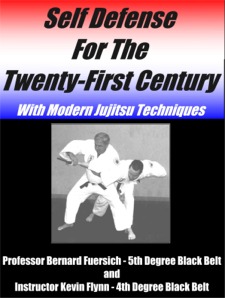|
Upper Palm Heal Strike - Jodan Shutei Tsuki |
|
The technique shown below is
illustrated in my book Modern Self Defense for
the 21st Shutei Tsuki is effective when your opponent is in front of you or when you wish to move your opponent back (increasing the distance between you and Uke). The following key points should be remembered:
Practice
striking techniques
in front of a mirror. This way you can see what you are doing. I carry
this over into my dojo and when working with students, I will perform the mirror
image of what I am teaching. For added balance, keep your hand against a
wall for added support. Right hand in the chamber, left palm straight out, fingers straight up and together, centered on the body, nose height. Extend the right hand forward fingers upward, stopping when the arm is almost fully extended, centered on the body, nose height. Simultaneously, retract the left arm into the chamber, rotating hand so that the palm is upward.
I always practice strong Dojo safety by stopping my strike well short of the intended target. There is never an excuse for striking Uke. Notice that the back is vertical, not leaning forward and that the wrist is not bent. A strong stance (Zenkutsu-Dachi) provides a solid foundation for the technique. In addition, the right hand retracts into the chamber to avoid becoming a handle that can be grabbed and in the case of another Uke behind Tori, as a strike (Hiji-Ate). To properly strike an opponent, you must drive through the target. What does that mean? If you want to strike your opponents nose, you must aim for the back of the head. This way, when you make contact, you will drive your strike through the target. |



